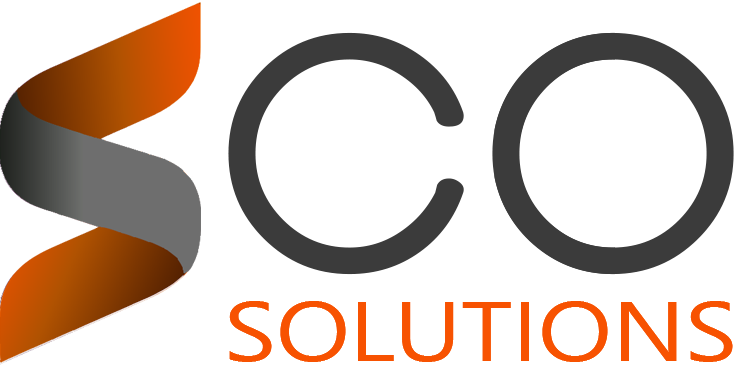COVID-19 brought profound changes to our lives: work models, the way we study and, of course, consumption patterns. The acceleration of digital life has produced a much more demanding consumer: they want their products and services available immediately, they demand a real-time response from their suppliers to a problem or concern, they need unique experiences to continue buying from a brand and look for as much customization as possible. But perhaps the most notable change that is expressed in these times is the consolidation of a responsible consumer, who is not only concerned with feeling comfortable with what they buy, but also with what is behind that article. If it is a food, it will check if it is organic or natural. In general, you will find out if the manufacturer is careful with the environment, if they give back to the community in which they operate and if they promote inclusion and diversity.
Responsible consumption is expanding among the new generations, but it is not restricted to them: looking to the future, leaving a habitable planet and proposing healthy habits to children and greater social empathy, is the norm in a good part of the population. Today, a person can choose a second option if they discover that behind their first alternative there is child labor, exploitation, components that erode the planet or a huge carbon footprint. This gaze becomes more focused if it is about products that are ingested, used on the body (make-up or cleaning items) or used regularly (from clothing to electrical appliances).
From the perspective of companies, the challenge is to rethink customer loyalty. The exponential growth of purchases through electronic commerce generated a kind of "disconnection" between the buyer and the seller. He feedback it was never that important. Organizations have at their disposal new technologies that allow them to capture the emotions of customers, both in social networks and in interactions with the company itself. What do people really need? Are our products and services pointing in that direction? Does the client continue to consider my offer, recommend it, be interested in it? Are we delivering it in the expected quality, with the packaging according to current times, at the exact moment the user expected it?
New technologies are also essential to comply with the increasingly demanding regulations, aligned with this change in consumption: planning tools and compliance They allow us to determine if the labels where components, ingredients or nutritional values are listed are correct, generate specific products for different global markets according to the requirements of each one, investigate which suppliers of raw materials meet the expected quality standards... All these elements they enable a faster and more efficient arrival on the market, a notable reduction of the risks for the brand and getting closer to the preferences and needs of new consumers.
The supply chain offers numerous variants to start this path of true responsibility: in each of the five pillars identified by SAP -design, planning, manufacturing, logistics and operations- there are opportunities. From the ideation of products with a minimum impact on the environment to an optimal delivery to save fuel, going through planned production to avoid waste of raw materials and consume the least amount of energy possible or through the development of circular economy chains.
The times when companies only sought to earn as much money as possible are long gone: today, successful organizations are those that pursue a purpose, that seek to improve people's quality of life and produce well-being with their products and services.
This Article was originally published in: news.sap.com







